This heart model is a great demonstration of one chamber of the heart and valve.
The heart has two features that keep blood flowing in the right direction. These are chambers and valves. Chambers fill with blood, then squeeze to pump the blood out.
Each side of the heart has an entry chamber ( atrium ) and an exit chamber ( ventricle ). These pump one after the other to keep the blood flowing around.
Valves stop blood flowing backwards. When the ventricle contracts the atriums exit valve closes so blood cannot fall back into it. When the ventricle relaxes its exit valve closes to stop blood flowing backwards.
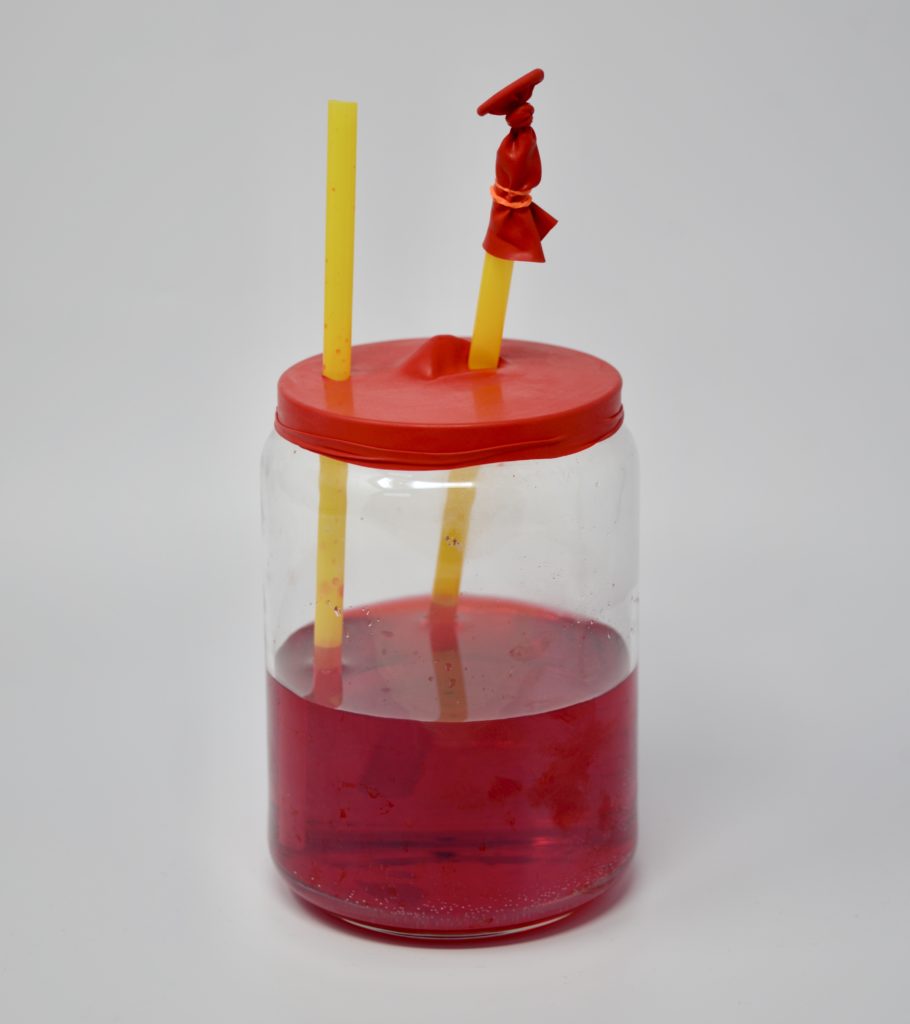
You can make a model of one chamber and valve easily to show how they work.
How to make a Heart Model
A clean, transparent jar
1 balloon
Water
Food colouring
2 plastic straws
Food colouring
Tape
Scissors
Tray
Fill the jar just over half full and add a few drops of food colouring.
Cut the neck off the balloon and stretch the rest over the opening of the jar. Save the balloon neck.
Use the scissors to carefully poke two holes in the balloon. These should be smaller than the straw as you need them to fit tightly.
Push each straw through a hole in the balloon.
Place the neck from the balloon over the end of one straw and
Seal the end of one straw with the balloon neck and attach in place with tape. The is your valve.
Press down on the balloon and watch what happens. Water should be forces out of the straw that isn’t sealed.
The balloon end valve stops water going back down the straw.
Take the balloon valve off the straw. You should find that water now goes back down the straw.
When you push down on the balloon this is like your heart contracting and squeezing the heart chambers. This pushes blood out of the heart and into arteries.
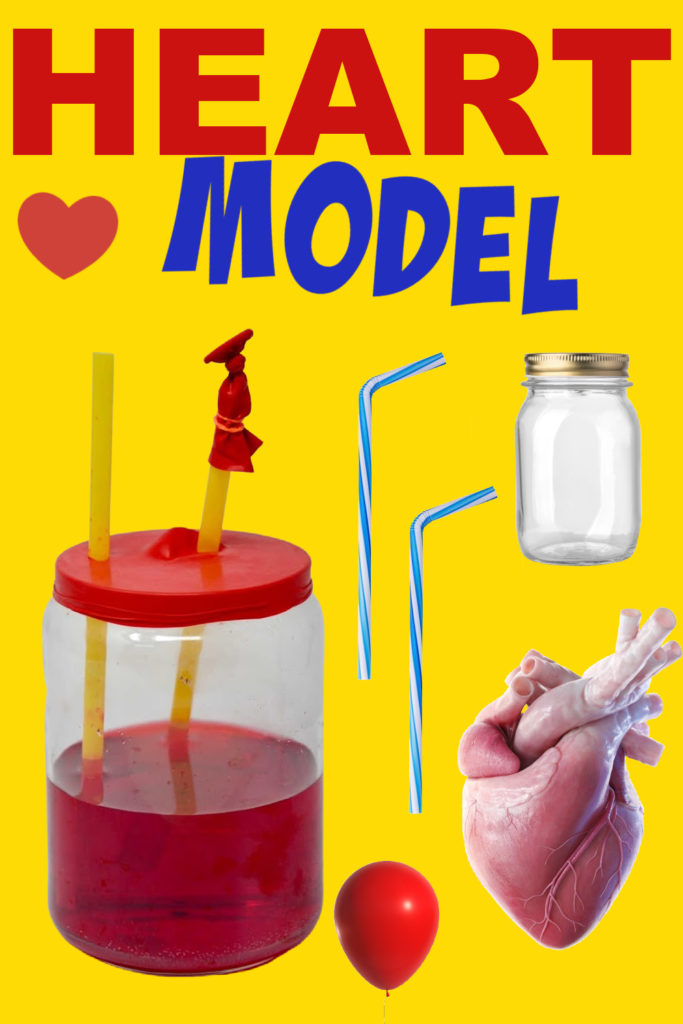
More Human Body Science Experiments
If you enjoyed this activity we've got lots more human body science experiments to try.
Listen to your heart with this super simple homemade stethoscope.
This digestion model is great messy fun and a fantastic way to demonstrate the journey of food through the human body.
Learn about the different parts of the brain and their functions with our easy play dough brain model.
Learn more about blood with these fun blood themed activities.
Science Books for Kids
Don't forget we also have a couple of science books for kids available from bookstores in the US and Amazon in the UK.
Last Updated on September 23, 2021 by Emma Vanstone
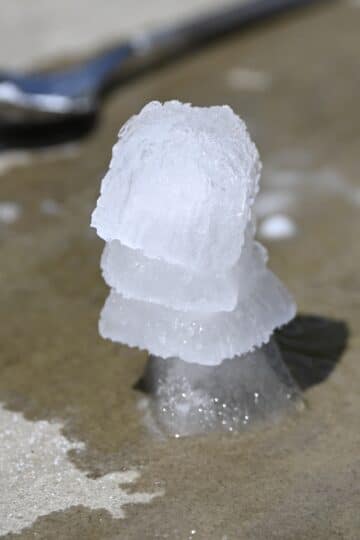
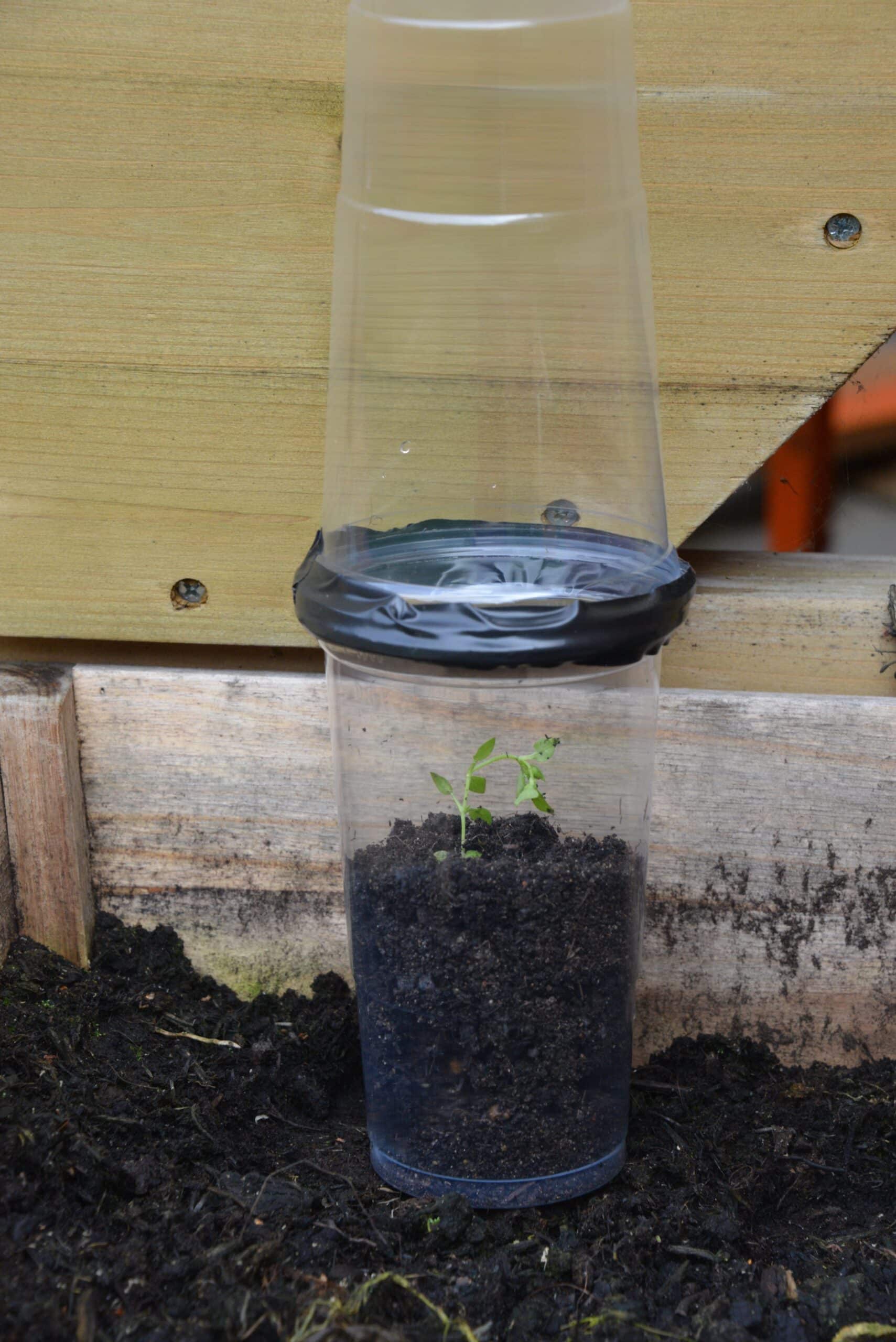
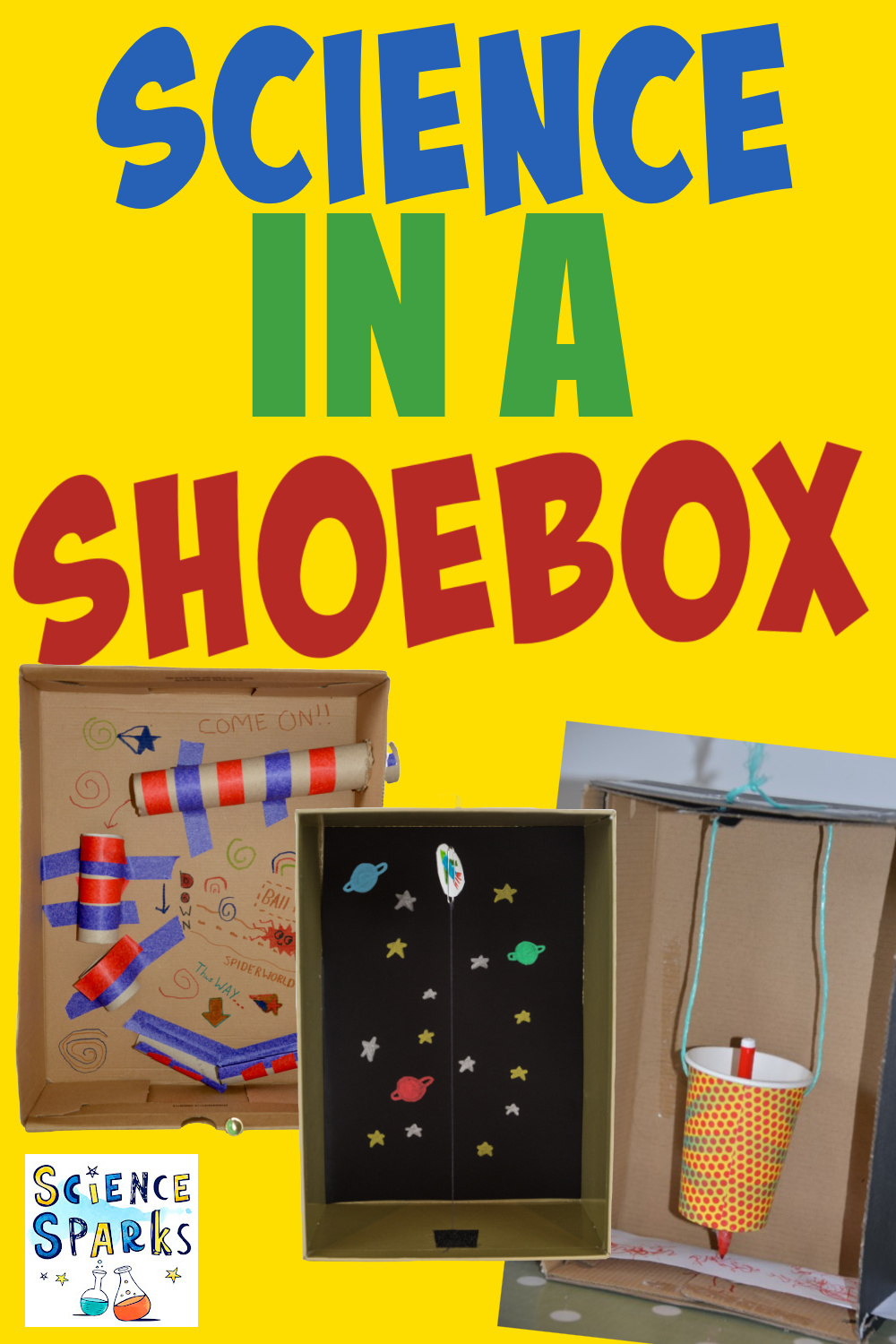
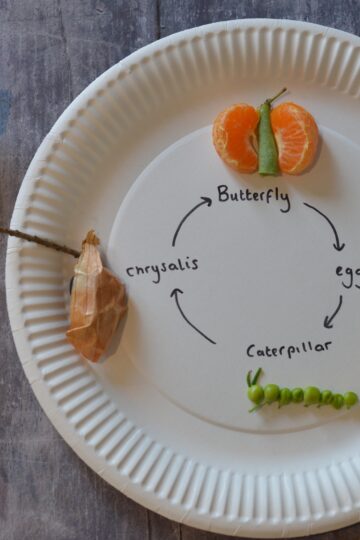
Leave a Reply